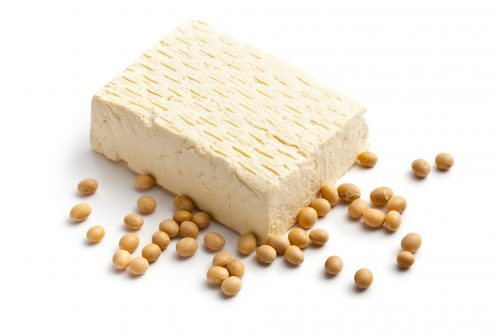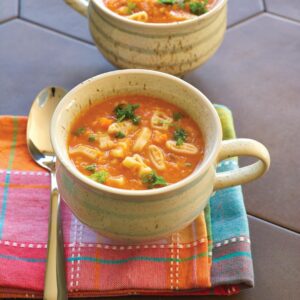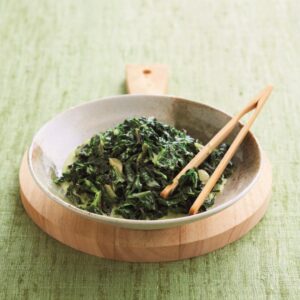
While bean curd originated in China around 2000 years ago, worldwide it’s commonly known by its Japanese name, tofu. HFG senior nutritionist Rose Carr takes a look at tofu production.
Start with soy milk
Tofu is made from soy beans, which are first processed to extract soy milk. The beans are soaked overnight and with added water they are then ground to a pulp. This pulp is cooked and then filtered to separate out the soy milk. The remaining fibre is called okara. In Japan, okara is often used as a base for other food products, although in New Zealand it is also used as an animal feed. (See How do they produce soy milk? for more detail on the production of soy milk as an end product.)
Soy milk starts the process of becoming tofu after the addition of a coagulant made from calcium or magnesium salts. The traditional coagulant in China is calcium sulfate, although in some coastal areas of China as well as in Japan, a mixture known as nigari in Japan, is used. When salt is crystallised from seawater, this mixture of magnesium and calcium salts is left over. The particular coagulant used will affect the texture and flavour of the tofu.
Firm tofu
When we visited a factory making tofu, we saw soy beans that had been soaked overnight being made into soy milk and then processed into tofu in a continuous production line.
Calcium sulfate was added to the fresh soy milk and within about two minutes this had separated forming soy curds and a liquid ‘whey’. This blend was drained from the vat into large stainless steel trays where the tofu was formed to shape. The curds were pressed in their trays to remove the excess water and remained there for less than 15 minutes. But after this time, when the formed curd was removed from the tray and cut into small blocks of tofu, they held their shape well enough to be ‘dumped’ into a cooling water bath.
Once cooled, the tofu blocks were moved to the packing line where they were sealed into individual packs. These were then pasteurised by moving through water at around 97 degrees Celsius for 60 minutes. The size of the tofu block shrinks a little during this process. Pasteurisation ensures the product remains unspoiled for 90 days, as long as it is kept refrigerated at between two to four degrees Celsius. Fresh tofu which has not been pasteurised should be eaten within five days. Always check the ‘use by’ date on tofu.
Silken tofu
Silken tofu has a high water content and a delicate custard-like texture. Rather than coagulating the milk and forming the tofu in trays, silken tofu is made by coagulating the soy milk in the package it’s to be sold in.
Calcium in tofu
Tofu can be a good source of calcium if the coagulant used to make it is a calcium salt. If a magnesium salt is the coagulant, however, the tofu won’t contain any calcium. Tofu can be an important source of calcium for people who don’t use milk or dairy products so if the calcium content is important for you, check your tofu is made using a calcium salt such as calcium sulfate. Calcium may be listed in the nutrition information panel or the coagulant may be specified.
Storage and use
Once opened, if you don’t use all of the tofu in a pack, save the remainder by storing it in a container with water and use within five days
Tofu is a useful protein food in vegetarian cooking, and adding tofu to a meat dish adds interest to the dish while making the meat go further.
Recipe idea
Try our Zesty couscous and tofu salad
www.healthyfood.com










